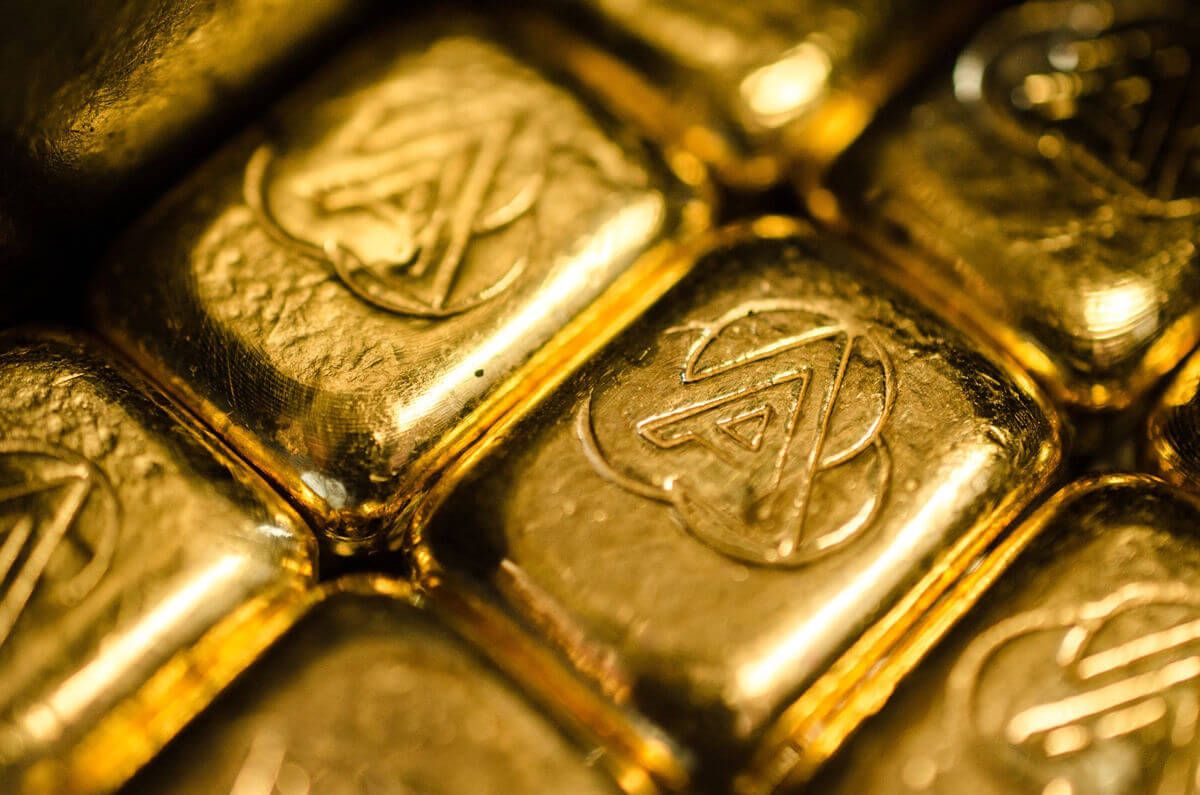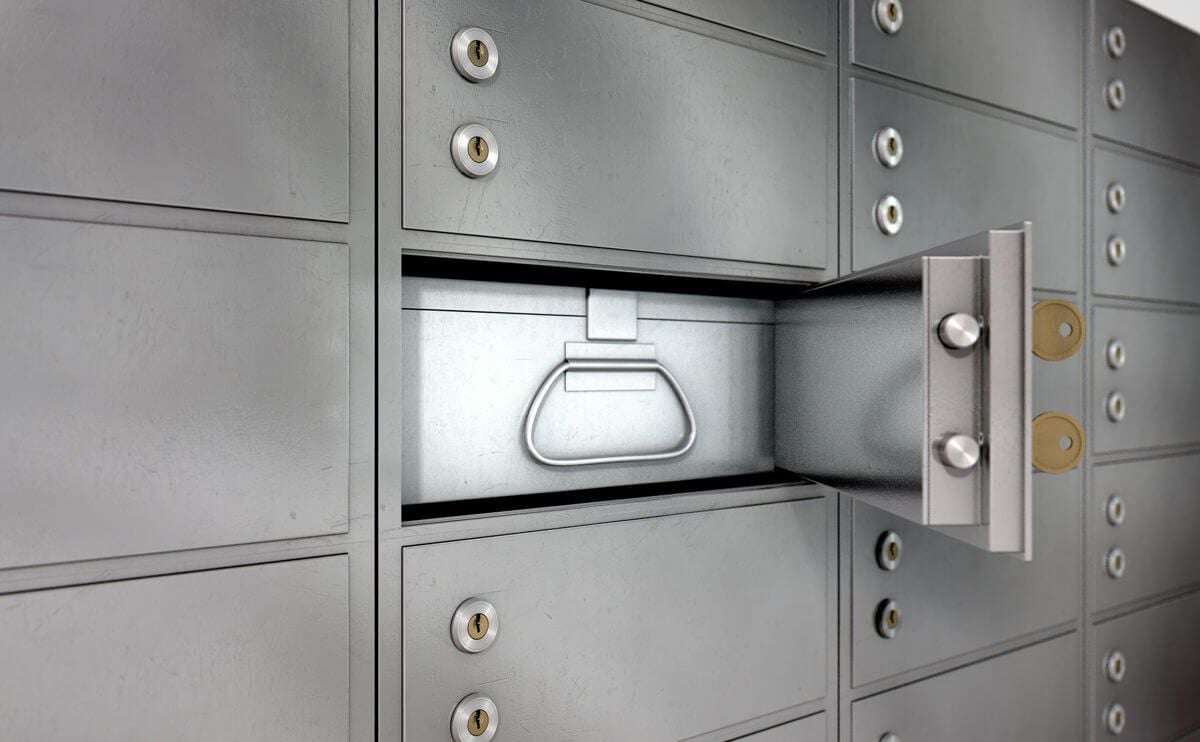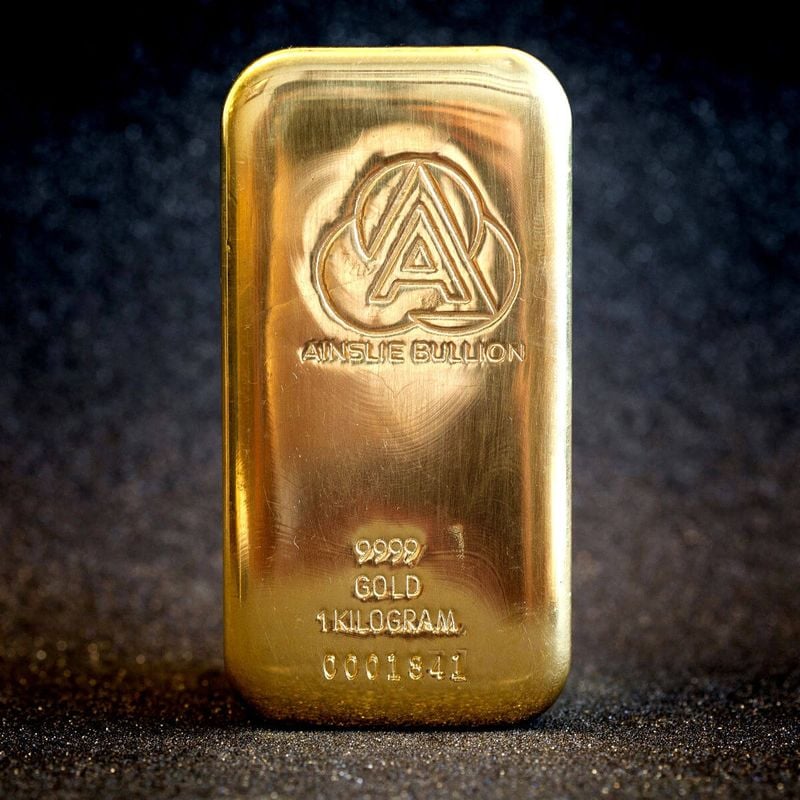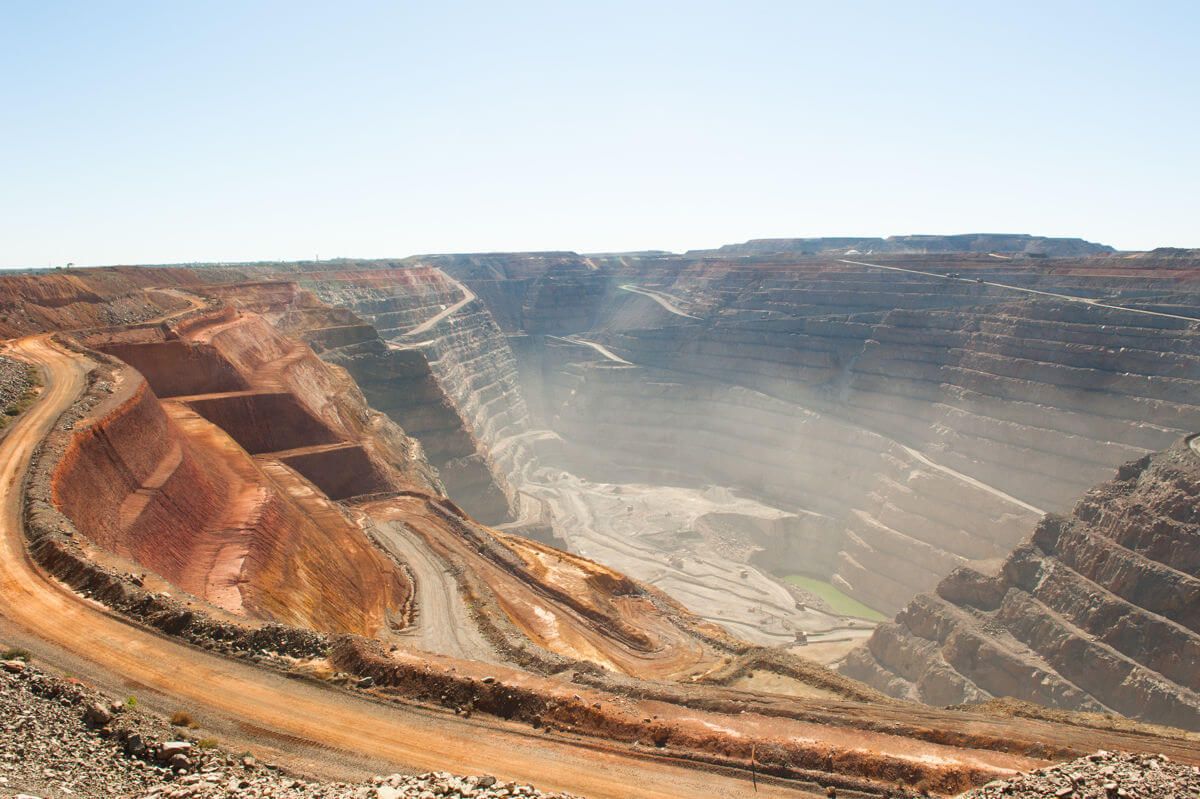Why Do We Give Away Gold Instead of Cash?

The ancient Egyptians and Aztecs couldn’t get enough of the stuff. Even Spandau Ballet and Kanye can’t stop singing about it. There’s no doubt that gold is one of the most celebrated, prized and valuable things on earth.
So, is that why we give away gold in our lottery prizes instead of cash?
It’s fair to say this is one of the questions we are most often asked. Of course, while all of the above is partly the answer, the real reason is actually a matter of law. The legislation for lotteries in some states of Australia does not allow cash to be offered as a prize. That’s why we offer the next best thing – cashable gold bullion.
While gold, particularly gold bullion, is a very popular long-term investment, it is also a liquid asset which means it can be easily sold and converted to cash. So, whether you want to sit on it or cash it in, gold is a winner for our winners.
What does $200,000 in gold look like?
They say, if you want something to happen, you need to visualise it. So, if you’re picturing yourself winning $200,000 worth of gold bullion in our $200K Pay Day Lottery, you need to know what $200,000 in gold actually looks like. After all, if you truly want it to happen, it’s important that your vision is authentic (obvs).
Well, at current prices, $200,000 of gold works out to just over three kilograms of 24 carat gold bullion.
Seeing as gold is actually quite heavy, a typical ‘kilobar’ of gold (weighing, you guessed it, one kilogram) is only around 8cm long, by 4cm wide and just under 2cm thick. That’s quite compact for something worth over $60,000!
You’ll be pleased to know that at that rate, you could easily fit your stash in a smallish-sized shoe box.

This is what $60,000 worth of gold looks like.
But what about the $10,000 in gold included in the first prize of our Prize Home lottery? What does that look like? Again, it’s dependant on the price of gold at the time, but at around five ounces, it would be no bigger than your thumb. In jewellery terms, though, you could equate it to a chunky, ‘Jenny-from-the-block’ type of gold chain. That’s still a decent bit of bling.
What would you do if you struck gold?
For argument’s sake, let’s say you buy the winning ticket in the next Endeavour Foundation lottery (that visualisation thing can really pay off) and you are now the proud owner of $5,000, $10,000 or even $200,000 in gold bullion.
What do you do with it? Cash it in? Keep it? Melt it down and make a flashy paperweight?
While the options may seem endless, there are basically three main choices:
-
Cash it
If you decide to cash it in straight away, our friends at Ainslie Bullion. can help. It’s a quick and easy process so in no time you’ll have the cash value of the gold transferred into your bank account.
-
Keep it
If you want to keep the gold, or you’re not sure what you want to do with it straight away, you can always take it home and hide it away in a safe place (you know, like a safe). If you’re planning on burying it in the backyard, at least now, thanks to our shoe box visualisation, you will know what size hole you need to dig. You’re welcome.
-
Secure store it
If you’d like to hang onto your gold bullion as an investment but are nervously sweating about the responsibility of keeping something so valuable in your home, consider having it stored in a secure storage facility like the Reserve Vault in Brisbane or a bank safe deposit box. While there is obviously a cost attached to this option, it is a small price to pay for peace of mind.
When deciding whether to go with option one, two or three, just remember that if you decide to keep some or all of your gold and sell at a later date, selling costs and market variations will affect to the final amount you receive.

If you happen to have a few gold bars in your possession, opting to keep them in secure storage, like a safe deposit box, is a good idea.
Who supplies the gold bullion for our prizes?
The gold offered in our prizes is supplied by Ainslie Bullion, one of Australia’s leading gold and silver bullion dealers since 1974.
Based in Brisbane, Queensland, Ainslie Bullion produces a large range of high-quality gold bullion bars refined to 99.99% purity, or in other words, 24 carat gold. Ainslie gold bullion is widely accepted and sought after throughout Australia.
As well as supplying gold, Ainslie Bullion also offers a secure storage service and can also buy back your gold when the time is right for you to sell.

All of the gold given away in our lotteries is supplied by Brisbane-based, Ainslie Bullion.
But, where in the world does all the gold come from?
Short answer: underground. (Boom-tish) Sorry, we couldn’t resist.
Stay with us though, because the long answer is actually quite fascinating.
For many years, until the early 2000s, South Africa was widely known as the world’s largest gold producer. However, in recent years, the Golden Top 10 includes some names you might not expect.
In 2017, China topped the list as the world’s largest producer (and consumer) of gold.
But fittingly, and possibly most surprisingly, the number two spot went to the ‘Green and Gold.’
That’s right, Australia.
Turns out, Aussie gold is not just something Lawrie Lawrence screams poolside at the Olympics. While our Olympians do bring home a tidy haul, we are actually hauling up hundreds of tonnes of the stuff each year from our very own Aussie soil. In fact, in 2022, Australia produced a whopping 320 tonnes of gold.
Also making it into the top 10 in 2022 were Russia, the United States, Canada, China, Peru, Kazakhstan, South Africa, Mexico and Uzbekistan.
Where are Australia’s largest gold mines?
If you guessed Western Australia, you’d be right.
The Boddington Gold Mine,130kms south-east of Perth, is the nation’s largest gold mine. After a recent expansion, the mine is expected to produce around 850,000 ounces of gold annually for the next twenty years.
The Kalgoorlie Superpit Gold Mine is a close second producing around 800,000 ounces each year.

It’s hard to believe that the Kalgoorlie Superpit is not the biggest gold mine in Oz.
Two more West Australian mines, Telfer in WA’s Great Sandy desert, and Jundee in WA’s Northern Goldfields Region are the third and fourth largest gold mines respectively.
Before you assume it’s all about WA, taking out fifth spot and flying the flag for the eastern states is Lake Cowal Gold Mine in New South Wales, just 350km west of Sydney. While the estimated annual production of 230,000+ ounces is a far cry from the mine’s western counterparts, that still equates to a haul of $425 million annually. A worthwhile endeavour in anyone’s books.
Some lingo you might need if your luck turns to gold
So, thinking positively that you may become the owner of a few bars of the shiny stuff if you win big in our next Endeavour Foundation lottery, we’ve rounded up a few key terms used in the world of gold:
Carat
The carat (or karat) is a measurement of purity for gold and comes from the Greek word for a carob seed, ‘keration’. In ancient Asian markets, carob seeds were used to balance the scales to measure the weight of gold.
Pure gold (gold considered to be considered 99.99% pure) is called 24 carats.
Most gold jewellery isn’t made of pure gold. Less precious metals are added to the gold to make it harder so that it can sustain greater wear and tear. Most gold jewellery is made of 18 carat gold which means that it is made up of 75% gold and 25% other metals.
Gold bullion
The gold bullion we refer to in our lottery prize brochures is quite simply a bar of gold.
The process of making gold bars is a very precise art and producers are required to meet standard conditions of manufacture, labelling and record keeping.
A gold bar is considered to be investment grade if it is marked with its weight, purity e.g. 9999 which means 99.99%) and a recognised hallmark (or, in other words, brand).
Gold bars can range from as small as one gram to the large bars of gold bullion held as gold reserves by central banks (and that most of us visualise) that weigh more than twelve kilograms.
Hallmark
The mark or stamp on a gold bullion bar that identifies who it was produced by.
Kilobar
A bar of gold weighing exactly 1000 grams or 1 kilogram.
Spot gold price
The current market price at which an asset, in this case gold, is bought or sold for immediate payment and delivery.
Yours could be the golden ticket
As they say, someone has to win it so why shouldn’t it be you? To make sure you have a ticket in the next amazing Endeavour Foundation lottery, buy yours today.
When you purchase tickets with Endeavour Foundation Lotteries, your support can help provide people with disability opportunities to learn life skills, live independently, have a job they love, and be actively involved in their local communities.
Explore our latest $200K Pay Day prizes and treat yourself to your $200,000 Pay Day.
You can also call our Customer Support team on 1800 63 40 40 (Australia Free Call); 0800 44 22 35 (New Zealand Free Call); +617 3908 7295 (International).

We would love to hear from you
How was your experience? Let us know what you think!
1800 63 40 40
Endeavour Foundation Lotteries operates in AEST. All times are displayed in your device's local time zone, unless stated otherwise.

